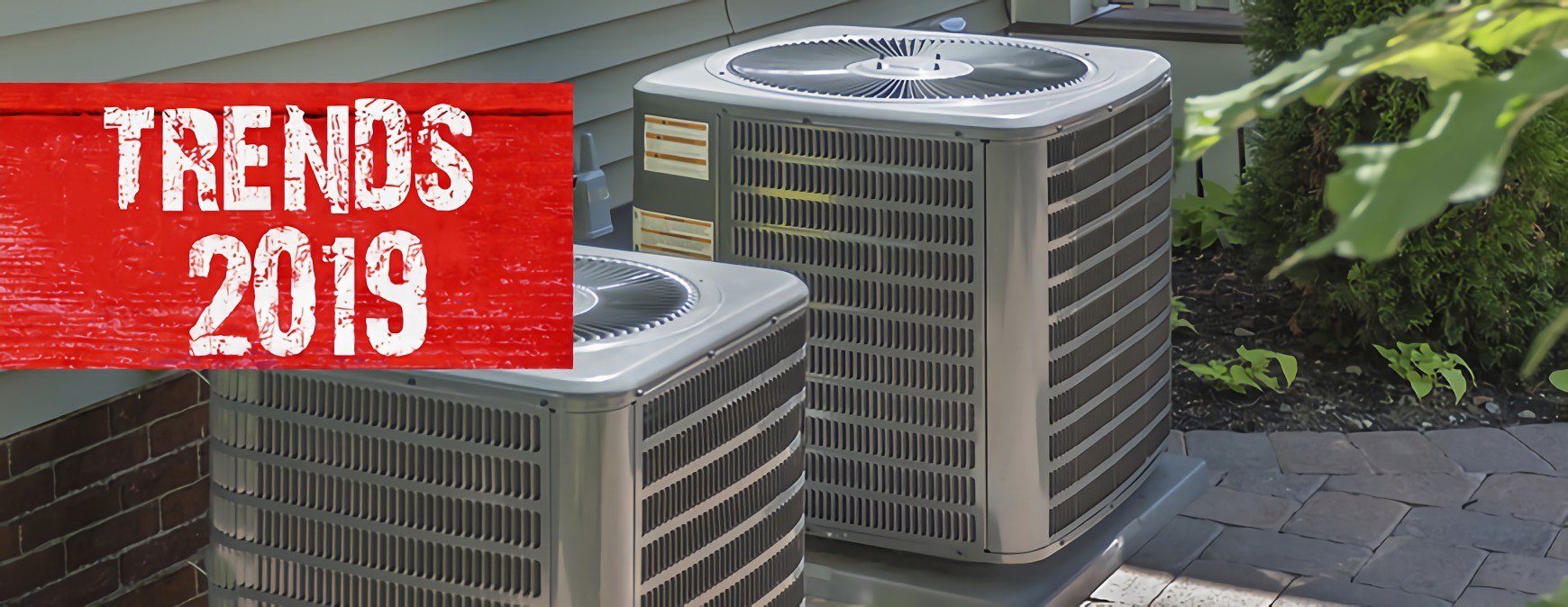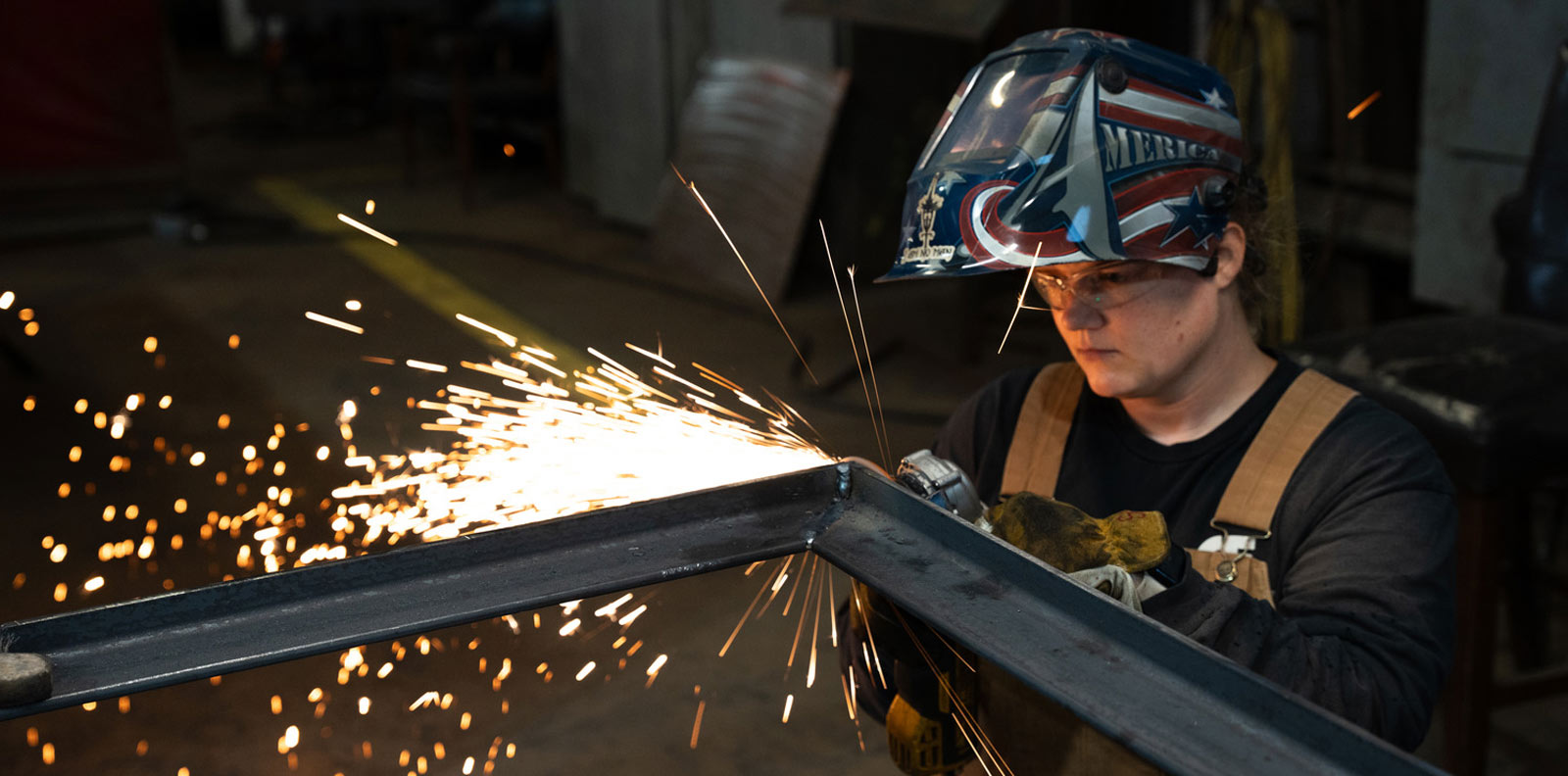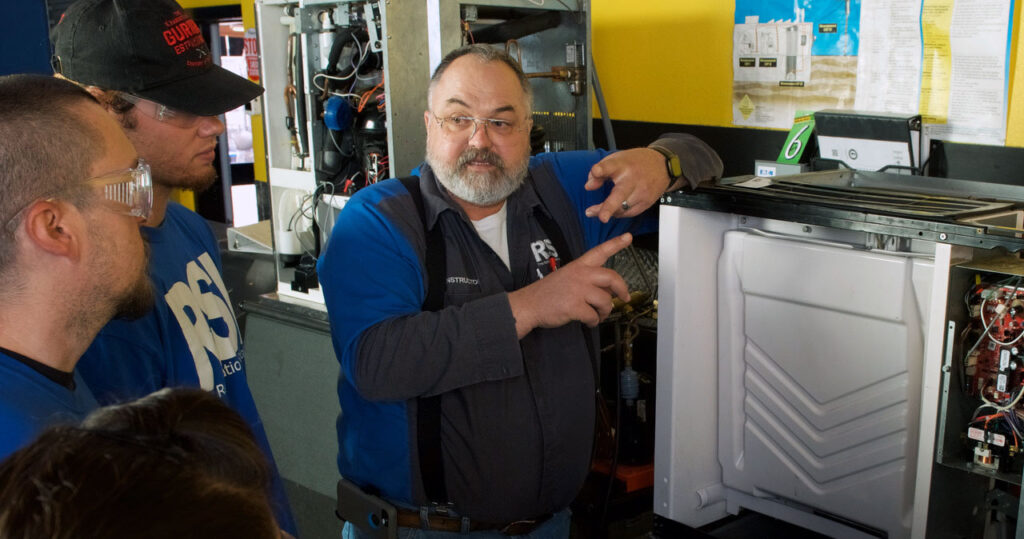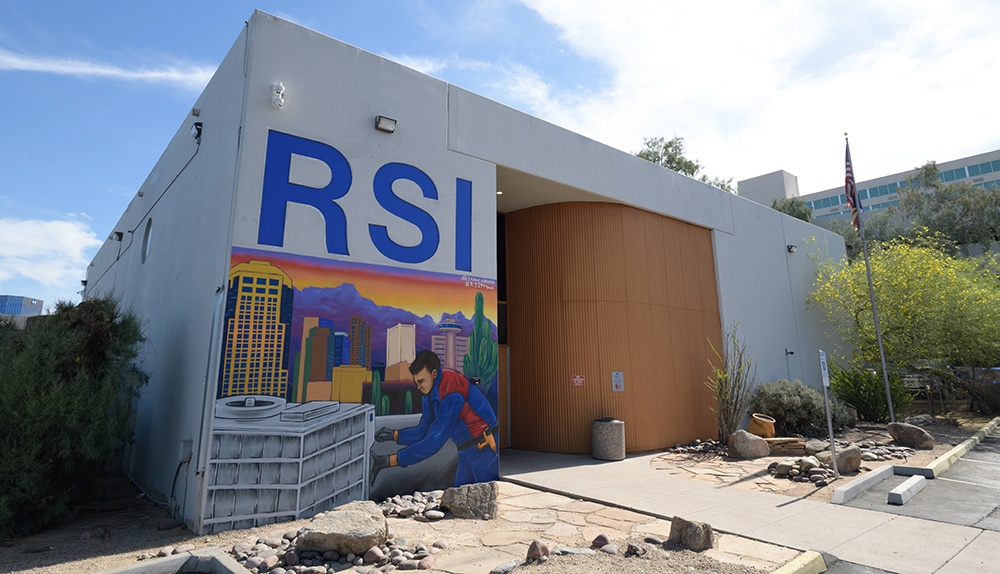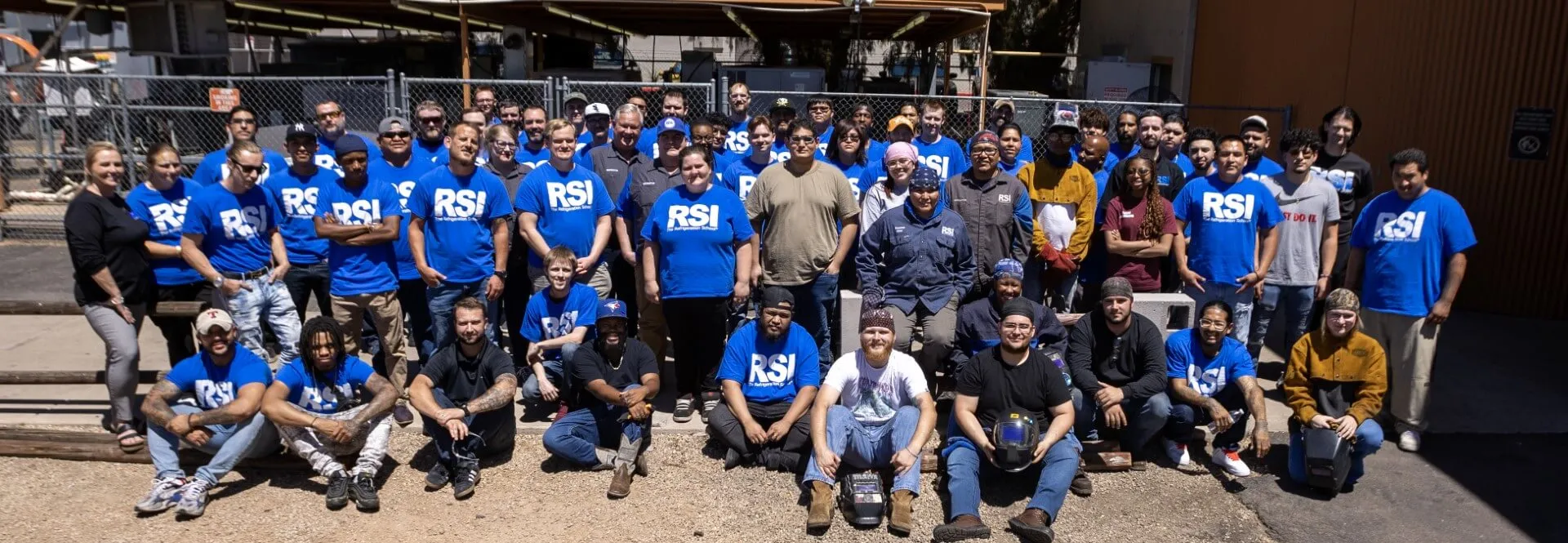RSI is a Great Training Option for Everyone
Learn more about how we can prepare you to advance your career.
Comfort shouldn’t come at a steep cost to customers and the environment. Unfortunately, this was the case with the HVAC equipment of yore.
Air conditioners and heaters would use massive amounts of electricity and release harmful refrigerants into the atmosphere.
But that’s all changing now. Thanks to government programs like SNAP, customer demand and manufacturer innovation, the HVAC industry is cleaning up its act.
3 Green Trends to Watch in the HVAC Industry
Energy efficiency is increasingly the focal point for HVAC companies and customers these days.
The latest and greatest in HVAC technologies help reclaim dissipated heat, prevent heat loss and co-opt renewable sources of energy like solar and geothermal. These innovations help make up for the energy waste of past models of HVAC equipment.[1]
Get Started on the Path to a New Career
Fill out our form to learn how we can help you change your life.
Trend 1: Automation and Controls in Commercial Buildings
Heating and cooling is a big expense for businesses, accounting for 40 percent of the electricity buildings consume.
With utility companies offering better incentives to reduce electricity usage during peak times and technologies relying on the Internet of Things (IoT) becoming more affordable, more and more businesses are jumping on the automation bandwagon.[2]
‘Sensing and monitoring abilities and smart controls will continue to play a major role, and this year we expect to see even greater involvement in the complex task of building management,” explained Clay Steven, the manager of AHR Expo 2019, an HVAC industry conference held by the American Society of Heating, Refrigerating and Air-Conditioning Engineers and the Air-Conditioning, Heating and Refrigeration Institute.[3]
In commercial automation, sensors, connected controls and equipment regulate a building’s HVAC system based on monitored data on humidity, occupancy, temperature, carbon monoxide levels and time of day.[4]
Trend 2: Smart, Intuitive Residential HVAC Equipment
Indoor climate control takes a big chunk out of homeowners’ budgets every month, but they’re also concerned with preventative maintenance.
While workers can leave a business when the heat breaks down in the middle of winter, residents are pretty much stuck at home, especially at inconvenient late-night hours.
Smart home HVAC technologies continue to advance to meet increasing customer demand. Many homeowners enter the market with smart thermostats, which allow people to control their air conditioners and heaters from an app on their smartphones.
Globally, the market is expected to grow 29.5 percent by 2024.[5]
But there are much more intelligent devices available: they can offer expanded mobile access, text alerts, pre-scheduled diagnostics and real-time updates.
Some can detect when the sun rises and sets and adjust the lighting in the home. Others regulate temperature based on how much the space is being used, the preferences of the residents and analytics provided by built-in sensors.[6]
Trend 3: Green Building
Another HVAC trend that’s set to continue to grow in 2019 is green building and construction.
What exactly is “green building”? The U.S. Green Building Council (USGBC) defines it as “the planning, design, construction and operations of buildings with several central foremost considerations: energy use, water use, indoor environmental quality, material selection and the buildings’ effects on its site.”[7]
While green building has been around for some time, these days Leadership in Energy & Environmental Design (LEED) plays a big role in regulating the industry through certification, including the HVAC systems installed in these structures.
Again, energy efficiency is the goal. Equipment installed in LEED-certified buildings should have the Environmental Protection Agency’s ENERGY STAR label.
In the World Green Building Trends 2018 SmartMarket Report, Dodge Data & Analytics indicates almost half of survey respondents said they planned on making more than 60 percent of their projects green in the next two years.[8]
Green Trends Mean Green Collar Jobs
What do these trends mean for future HVAC program grads? More opportunities to land green collar jobs.
Not only can HVAC technicians enjoy the satisfaction of helping customers stay comfortable and healthy in their homes and businesses, but they can also feel good about the impact of their work on the environment.
Additional Sources
[1] https://fieldedge.com/top-trends-hvac-industry/
[2] https://www.forbes.com/sites/forbestechcouncil/2018/03/06/2018-trend-energy-management-is-heating-up-across-commercial-businesses/#1f26f96b4170
[3] https://www.appliancedesign.com/articles/96037-five-hvacr-industry-trends-to-see-at-ahr-2019
[4] https://www.appliancedesign.com/articles/96037-five-hvacr-industry-trends-to-see-at-ahr-2019
[5] https://globenewswire.com/news-release/2018/09/18/1572133/0/en/Global-Smart-Thermostats-Market-Will-Reach-USD-7-904-4-Million-By-2024-Zion-Market-Research.html
[6] https://www.appliancedesign.com/articles/96037-five-hvacr-industry-trends-to-see-at-ahr-2019
[7] https://www.usgbc.org/articles/what-green-building
[8] https://facilityexecutive.com/2018/11/global-green-building-trends/
This blog has been labeled as archived as it may no longer contain the most up-to-date data. For a list of all current blog posts, please visit our blog homepage at https://www.rsi.edu/blog/
